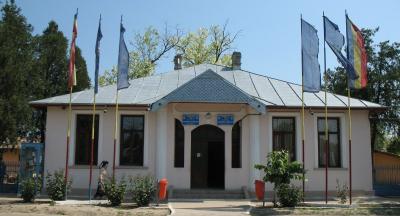Sutesti
*Disclaimer: The information and views set out in this page do not necessarily reflect the official opinion of the Council of Europe and/or the European Commission. Neither the Council of Europe, the European Commission nor any person acting on their behalf may be held responsible for the use which may be made of the information contained therein.
According to the 2011 National Census, the number of Roma people living in Sutesti is close to one third of the population, set up in all areas of the city.
Most of the Roma in this municipality belong to the Ciurari group. The community comprises of traditional and modern families. In the latter, early marriage and school dropout are particularly significant.
As identified with the Community Action Group, the issues faced by the Roma population in general are covering a diverse range, from low living standard, and families have social benefits as the only source of income, to low level of education, lack to access at socio-medical services, lack of access to utilities ( access to electricity in particular).
The ROMACT Process
ROMACT process started in November 2015 in Sutesti.
ROMACT team supported the local authorities in drafting the Joint Action Plan in cooperation with the Community Action Group.The Joint Action Plan was adopted by the Local Council on 1 August 2016.
The Municipality was presented different funding opportunities and coached in project writing. It also received support in applying to a project funded by the National Agency for the Roma " Integrate Social Convergence in Sutesti".
Activities of the Joint Action Plan implemented:
- -Awareness campaign on health
- -Awareness campaign on education
- -Informative campaign on violence at school
- -Consultations to support access to labor market
- -Identification of Roma school age population
- -Identification of inhabitants without ID and support in access to personal documents
The Municipality benefited of ROMACT expertise for the following project:
"Integrate Social Convergence in Sutesti", National Agency for Roma
Statues: rejected
Despite the approval of the Joint Action Plan and the proactive support provided by ROMACT team, the lack of effective commitment of the Municipality and the tensions between some Roma community members led to a limited impact of ROMACT in Sutesti.

